45 understanding nutritional food labels
20 Tips for Understanding Nutrition Labels | Eat This Not That Keep it Short. Shutterstock. We're talking about ingredients! Keeping the length of an ingredient list to as short as possible will usually make it less likely that you're eating nasty additives. Again, this tip is just a general guide, as some snack bars or nut mixes will contain many good-for-you ingredients. 5. Understanding Food Nutrition Labels - Professional Heart Daily ... When the Nutrition Facts label says a food contains "0 g" of trans fat, but includes "partially hydrogenated oil" in the ingredient list, it means the food contains some trans fat, but less than 0.5 grams per serving. So, if you eat more than one serving, you could end up eating too much trans fat.
Understanding Ingredients on Food Labels | American Heart ... Mar 06, 2017 · Food labels are an important source of information about calories and the nutritional value of the foods you eat, a crucial tool in building a heart-healthy diet. The Nutrition Facts information is always displayed in the same orderly fashion and helps you understand how much of certain nutrients that you need to limit are contained in the ...

Understanding nutritional food labels
How to understand food labels | Eat For Health The Nutrition Information Panel on a food label offers the simplest and easiest way to choose foods with less saturated fat, salt (sodium), added sugars and kilojoules, and more fibre. It can also be used to decide how large one serve of a food group choice or discretionary food would be and whether it's worth the kilojoules. Understanding Food Nutrition Labels | American Heart Association Mar 06, 2017 · When the Nutrition Facts label says a food contains “0 g” of trans fat, but includes “partially hydrogenated oil” in the ingredient list, it means the food contains some trans fat, but less than 0.5 grams per serving. So, if you eat more than one serving, you could end up eating too much trans fat. Learn How the Nutrition Facts Label Can Help You Improve Your Health Nutrients Required on Label Vitamin D and potassium values are required. Calcium and iron will continue to be required. Vitamins A and C will no longer be required but can be included on a voluntary basis. Slight Decrease in Sodium Allowance The daily limit for sodium decreased slightly from 2,400 mg per day to 2,300 mg per day.
Understanding nutritional food labels. Reading Food Labels | ADA - American Diabetes Association The Nutrition Facts labels on foods are really the key to making the best choices. We'll cover the basics so that these labels make shopping easier for you. Get started Understanding Carbs You've heard it all. From carb-free to low-carb, to whole and empty carbs, it's hard to know what it all means. Learn more Food & Blood Sugar Understanding Nutrition Labels - Medical News The nutrition label resembles a table and is printed in black and white mostly on the back or the side of the packed product. It is sometimes referred to as a nutritional facts panel. It has four ... 5 Understanding Food Labels and Health Claims - Maricopa low salt. Fewer than 140 milligrams of sodium. low cholesterol. Fewer than 20 milligrams cholesterol and 2 grams of saturated fat. lean. FEver than a set amount of grams of fat for that particular cut of meat. high. It contains more than 20% of the nutrient's daily value. good source. Learning To Read Labels :: Diabetes Education Online On a nutrition food label, subtract the fiber from the total carbohydrate amount. When you read food labels, the grams of sugar are already included in the total carbohydrate amount, so you do not need to count this sugar amount separately. The grams of sugar listed include both natural sugars, from fruit or milk, and added sugars.
Changes to the Nutrition Facts Label | FDA - U.S. Food and ... Mar 07, 2022 · Manufacturers with $10 million or more in annual sales were required to update their labels by January 1, 2020; manufacturers with less than $10 million in annual food sales were required to ... How to Understand and Use the Nutrition Facts Label | FDA Dietary fiber, vitamin D, calcium, iron ad potassium are nutrients on the label that Americans generally do not get the recommended amount of. They are identified as nutrients to get more of.... How To Read Food Labels: Understanding the Basics - Instacart 1. Beware of misleading claims. Check the main label, featuring the product name and branding. The label may feature claims intended to promote the product as healthy or nutritious. These boasts are often featured prominently and intended to grab your attention, but read skeptically. Understanding food labels - Canada.ca Understanding food labels Food labels, nutrition facts tables, serving size, ingredients, % daily value, nutrition claims. Services and information Nutrition facts tables How to use, what is in them, foods that don't have a nutrition facts table. Serving size How to use the serving size on nutrition facts tables. List of ingredients
How to Read Food Labels Without Being Tricked - Healthline Aug 19, 2020 · Reading labels can be tricky. Consumers are more health-conscious than ever, so some food manufacturers use misleading tricks to convince people to buy highly processed and unhealthy products. Understanding Food Labels - Nutrition: Science and Everyday Application ... The FDA uses the following definitions for interpreting the %DV on food labels:4 5%DV or less means the food is low in a nutrient. 10% to 19%DV means the food is a "good source" of a nutrient. 20%DV or greater means the food is high in a nutrient. Pet Food Labels - General | FDA Pet owners and veterinary professionals have a right to know what they are feeding their animals. The pet food label contains a wealth of information, if one knows how to read it. Understanding Food Labels | The Nutrition Source | Harvard T.H. Chan ... The label lists the calorie amount for one serving of food. The serving size, also important but often unnoticed, is easily doubled or tripled when not paying attention to the serving size, quickly inflating the calories. Highlighting both of these values emphasizes their importance and relationship.
The New Nutrition Facts Label | FDA The U.S. Food and Drug Administration (FDA) has updated the Nutrition Facts label on packaged foods and drinks. FDA is requiring changes to the Nutrition Facts label based on updated...
Food labels - NHS Nutrition labels are often displayed as a panel or grid on the back or side of packaging. This type of label includes information on energy (kJ/kcal), fat, saturates (saturated fat), carbohydrate, sugars, protein and salt. It may also provide additional information on certain nutrients, such as fibre.
Food Labels | CDC - Centers for Disease Control and Prevention Understanding the Nutrition Facts label on food items can help you make healthier choices. The label breaks down the amount of calories, carbs, fat, fiber, protein, and vitamins per serving of the food, making it easier to compare the nutrition of similar products.
Understanding food labels | Diabetes UK Follow these tips to become expert at understanding labels in minutes: With traffic light labels, go for green, occasionally amber, and red only as a treat. Reference intake (RI) percentages are given per portion, and indicate how much the portion contributes to the amount of calories, fat, sugars and salt an average adult should have each day.
Food Labels 101: Understanding the Nutrition Facts Label A sodium level of 140 mg or less on the nutrition facts label is considered low sodium. This is an essential number to look for when reading the label. Total Carbohydrates - Fiber and Sugar Foods high in fiber can be beneficial to a healthy diet, as fiber helps manage blood sugar levels and can lower cholesterol.
How To Read Food and Beverage Labels - National Institute on Aging At the top of the Nutrition Facts label, you will find the total number of servings in the container and the food or beverage's serving size. The serving size on the label is based on the amount of food that people may typically eat at one time and is not a recommendation of how much to eat. Read more about serving and portion sizes.
How to read food labels | healthdirect Understanding nutrition claims Some labels tell you what percentage of the recommended daily intake is provided by 1 serve of the product. This helps you to work out how the food fits into a balanced diet. Read more about recommended daily intakes for adults and recommended daily intakes for children.
How to Decode a Nutrition Label - Healthline People with eating disorders often find that nutrition labels trigger tendencies to obsess about calories, fat, or sugar. "When examined through the lens of food-preoccupation, as in chronic ...
Understanding Food Labels in Canada - Unlock Food Oct 15, 2019 · As of December 2005, all major food companies introduced the new nutrition label on their packaged foods. The main part of the new label is the Nutrition Facts Table, which gives you the following information: Calories and 13 nutrients: Fat, Saturated fat, Trans fat, Cholesterol, Sodium, Carbohydrate, Fibre, Sugars, Protein, Vitamin A, Vitamin C, Calcium and Iron.
Food Labels | Nutrition.gov Food Labels Food labels can help you make healthy choices when buying food in grocery stores or restaurants. Labeling Organic Products USDA, Agricultural Marketing Service, National Organic Program Learn about organic foods, requirements, and how they are labeled. Calories on the Menu HHS, Food and Drug Administration
How To Understand Nutrition Facts Labels: A Guide To Food Labels Similarly, a healthy diet high in calcium, iron, vitamin D, and potassium can help reduce the risk of certain major health concerns like compromised bone health, red blood cell deficiency, and an increase in your blood pressure. 3. Labels can help you eat cleanly. Food nutrition labels can help you create your own version of a healthy diet.
How to Read Nutrition Facts Labels the Right Way - GoodRx Understanding how to read a Nutrition Facts label is an important skill when it comes to eating healthfully. Some nutrients on a label are important to get more of, while others should be limited. It's also important to look at the serving size and ingredients in order to make healthy choices.
Learn How the Nutrition Facts Label Can Help You Improve Your Health Nutrients Required on Label Vitamin D and potassium values are required. Calcium and iron will continue to be required. Vitamins A and C will no longer be required but can be included on a voluntary basis. Slight Decrease in Sodium Allowance The daily limit for sodium decreased slightly from 2,400 mg per day to 2,300 mg per day.
Understanding Food Nutrition Labels | American Heart Association Mar 06, 2017 · When the Nutrition Facts label says a food contains “0 g” of trans fat, but includes “partially hydrogenated oil” in the ingredient list, it means the food contains some trans fat, but less than 0.5 grams per serving. So, if you eat more than one serving, you could end up eating too much trans fat.

Food Labels Decoded: Demystifying Nutrition and Ingredient Information on Packaged Foods. A Guide to Understanding Food Labels. (Food and Nutrition ...
How to understand food labels | Eat For Health The Nutrition Information Panel on a food label offers the simplest and easiest way to choose foods with less saturated fat, salt (sodium), added sugars and kilojoules, and more fibre. It can also be used to decide how large one serve of a food group choice or discretionary food would be and whether it's worth the kilojoules.


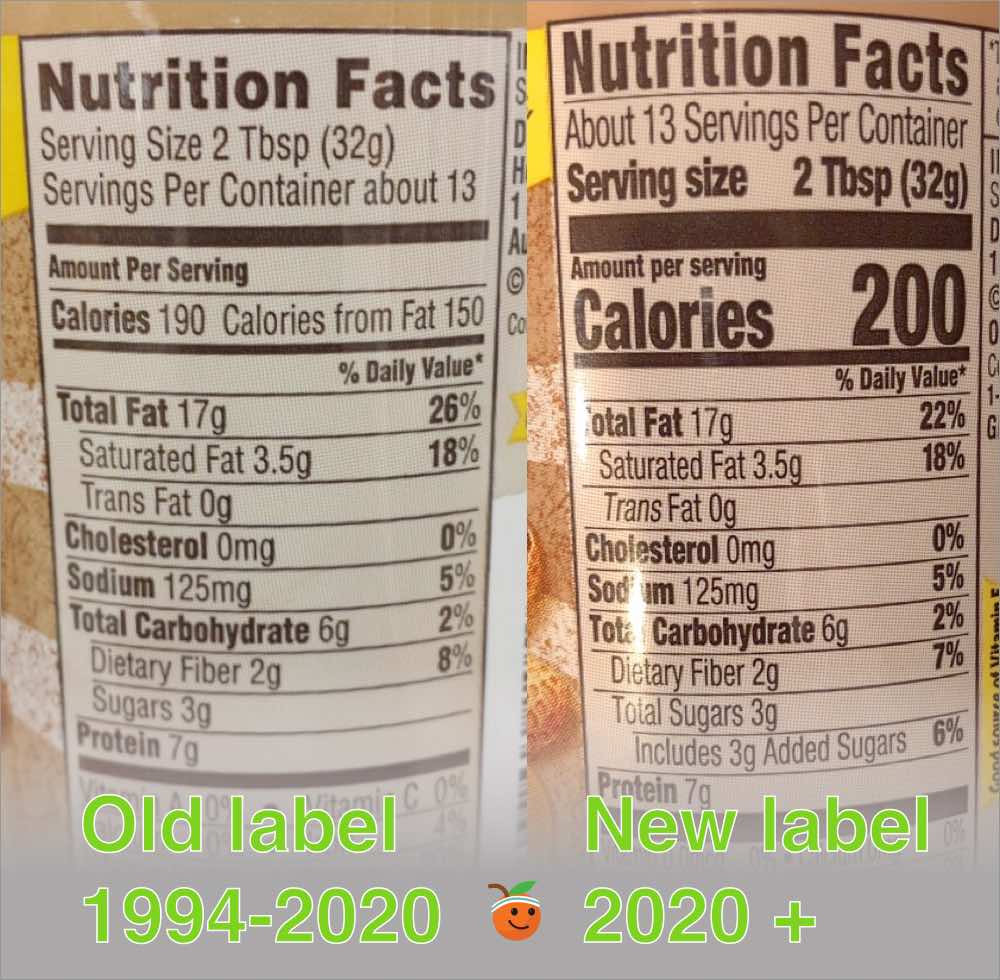
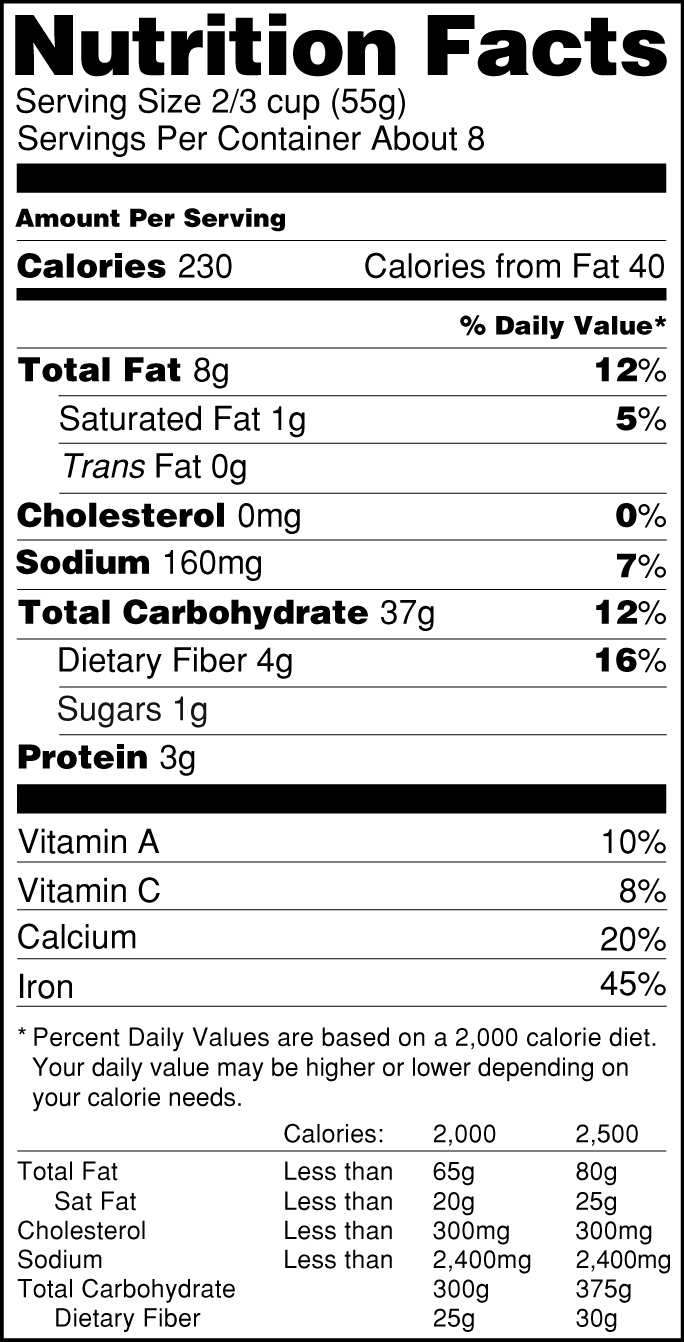


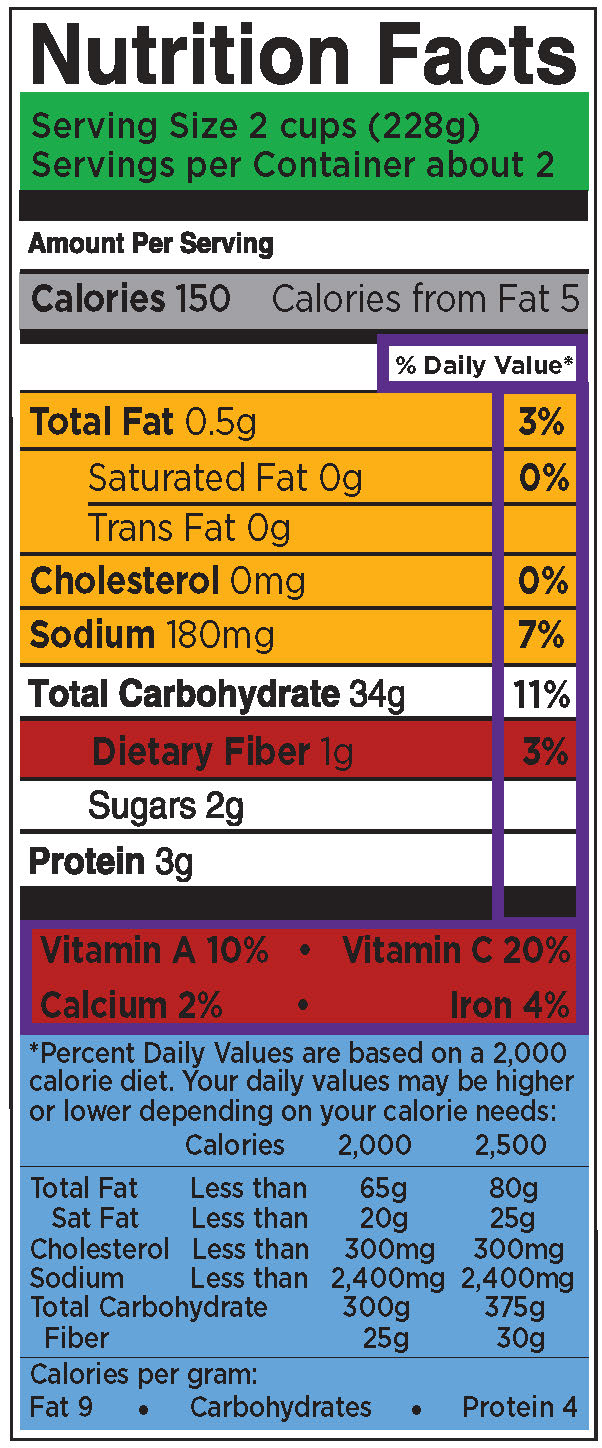
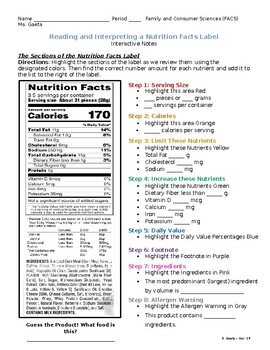
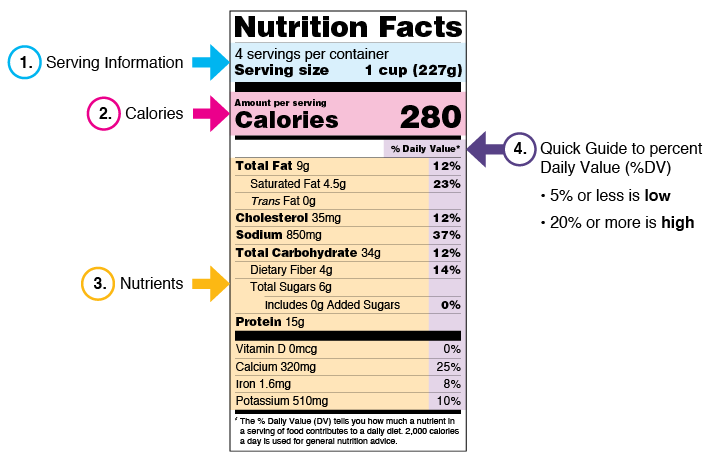

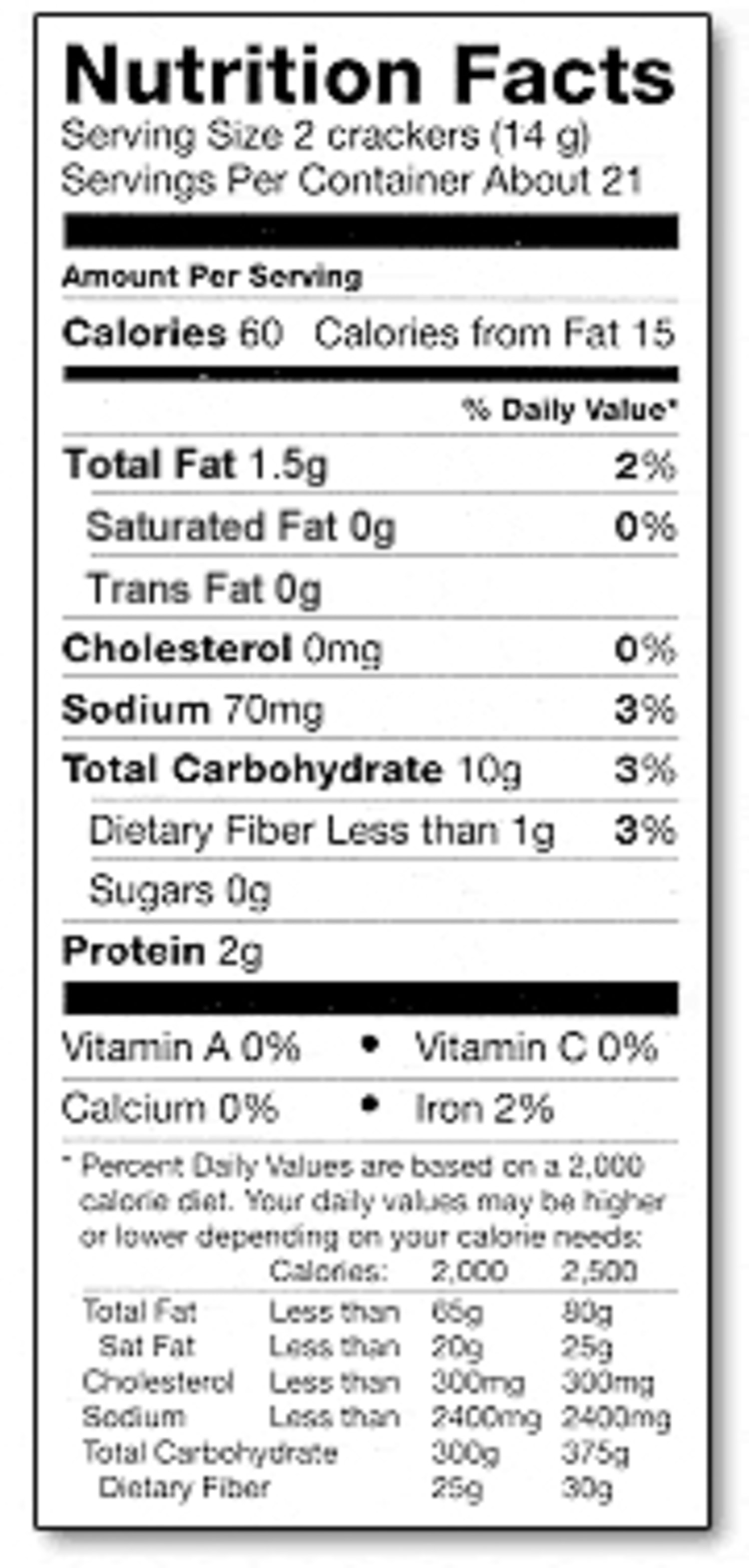

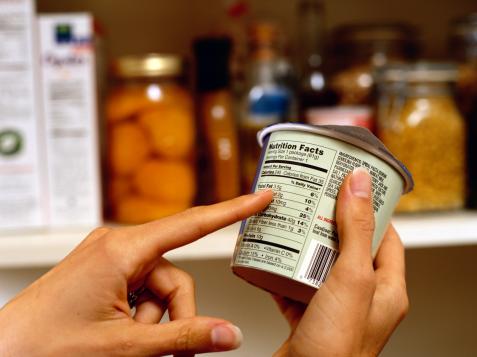

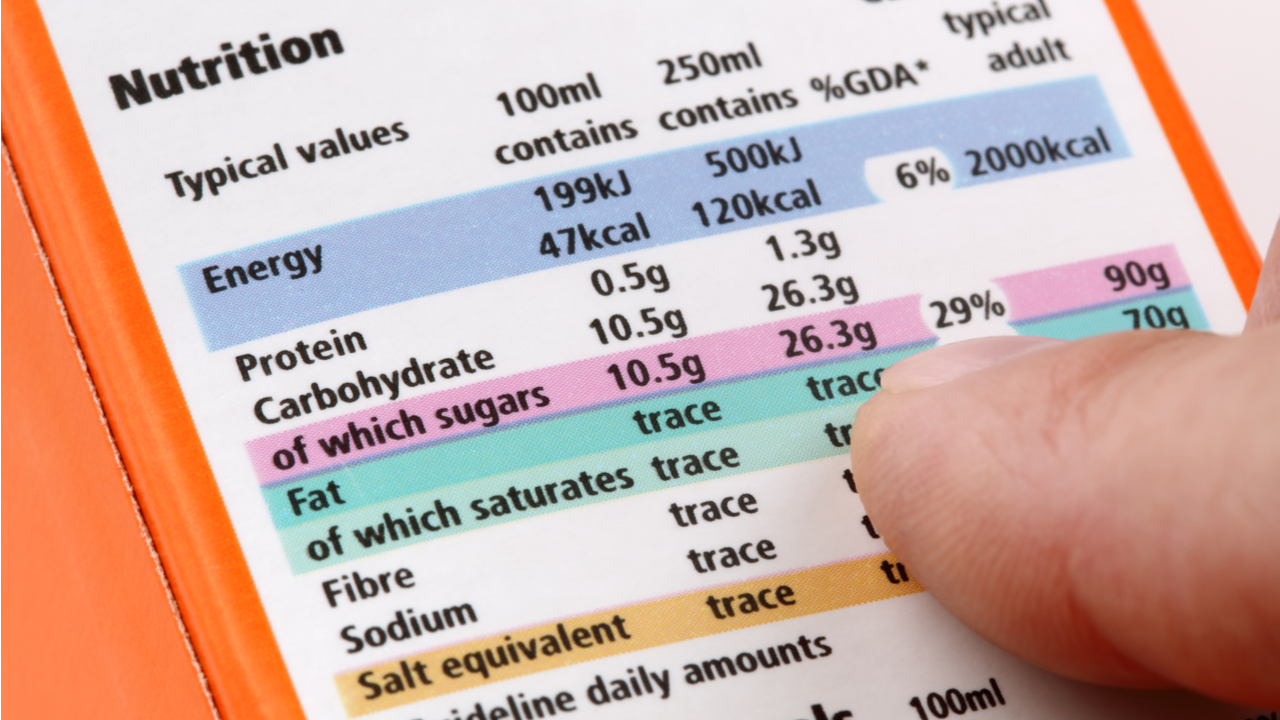


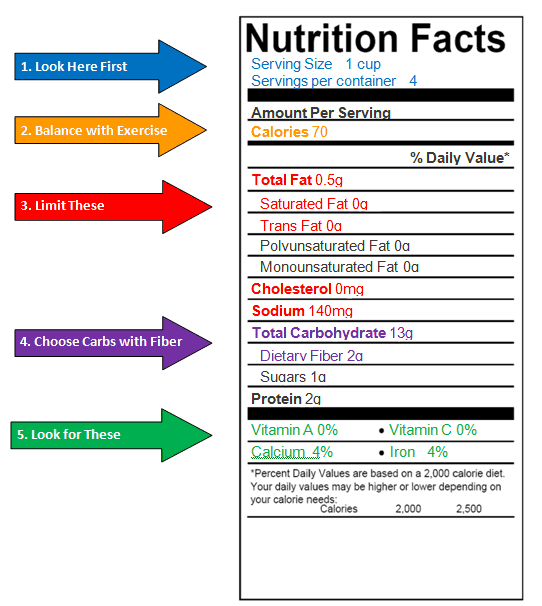
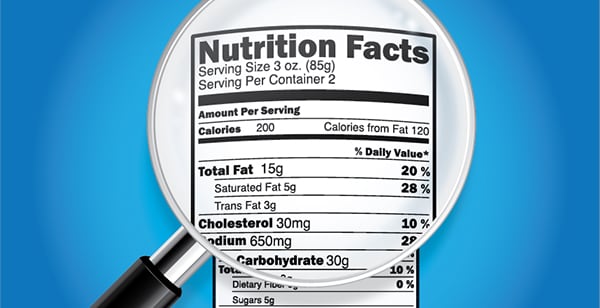
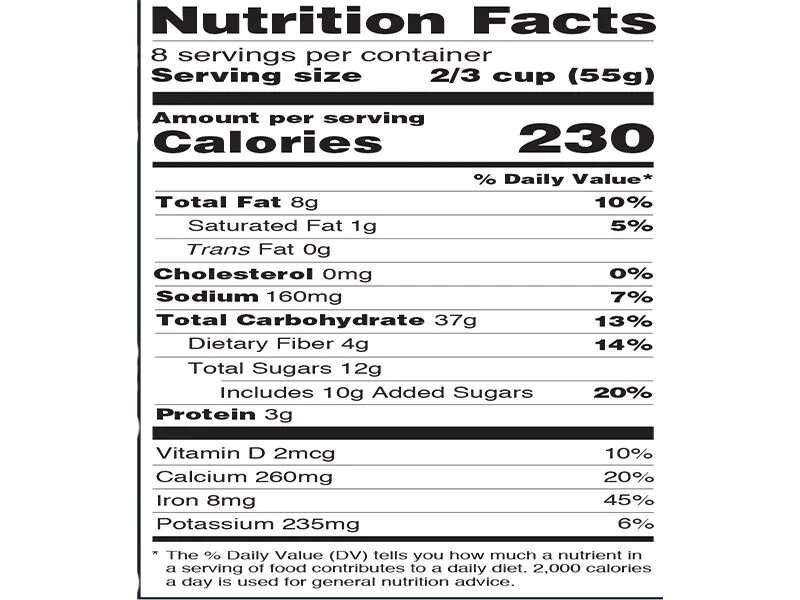
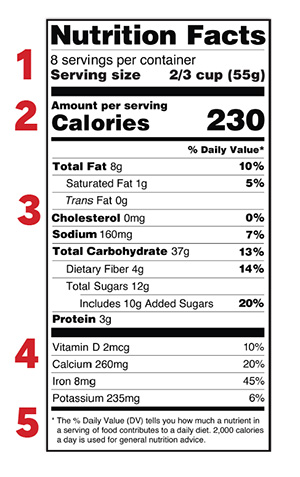
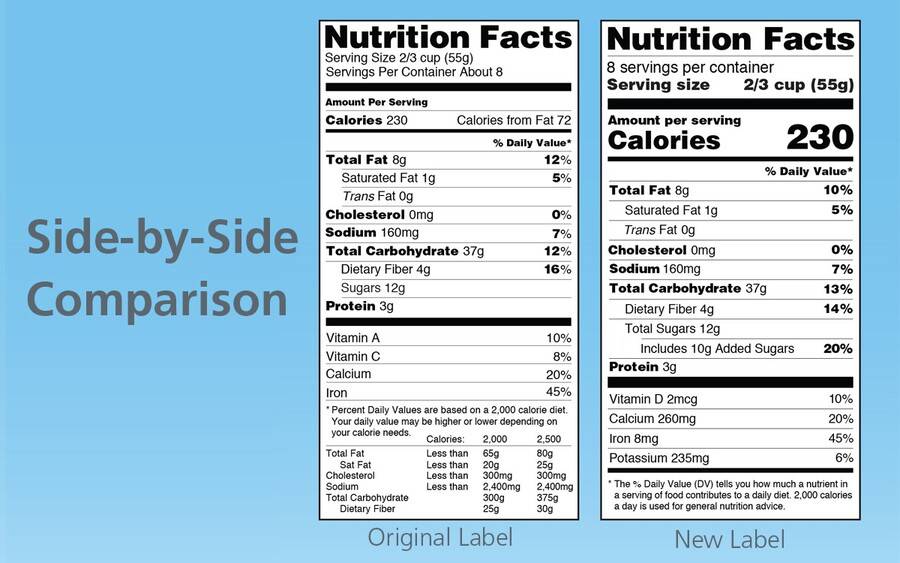

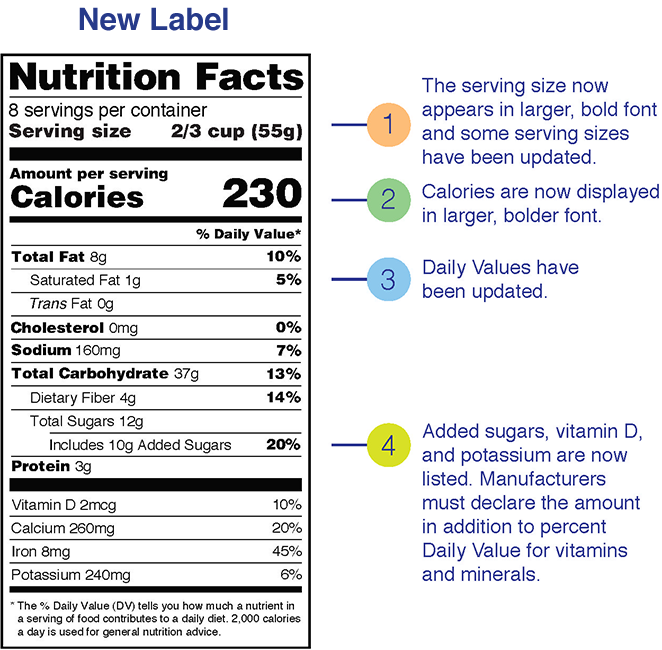

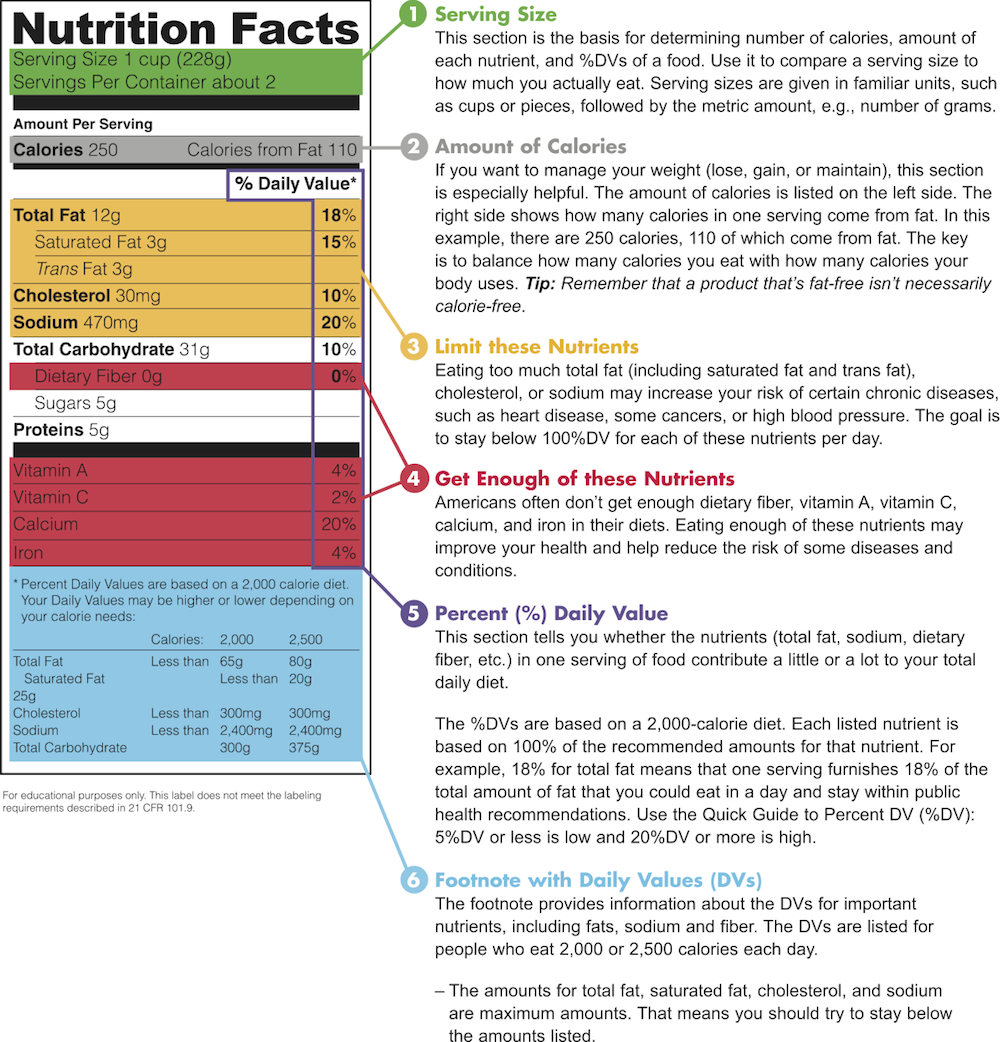
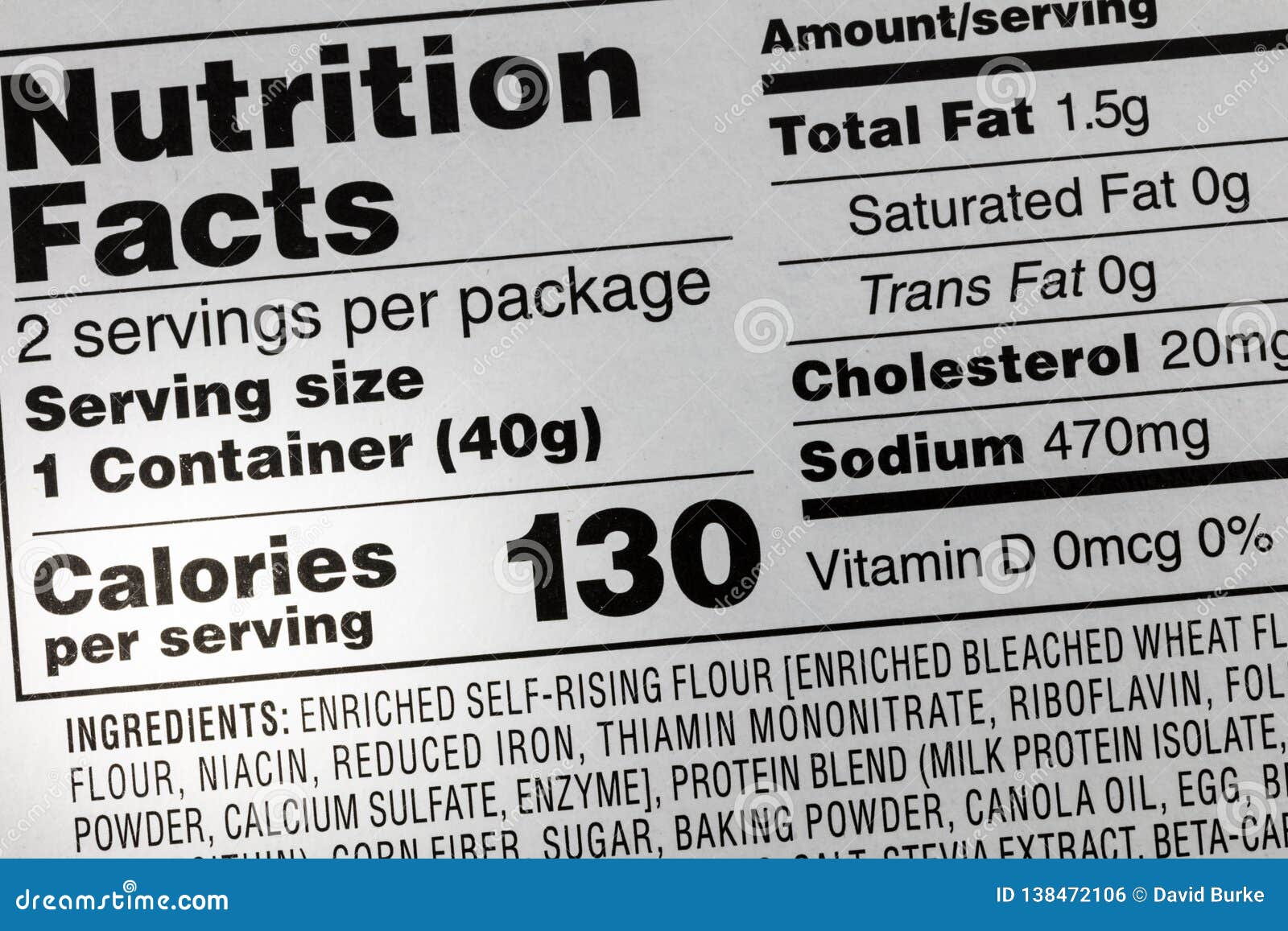
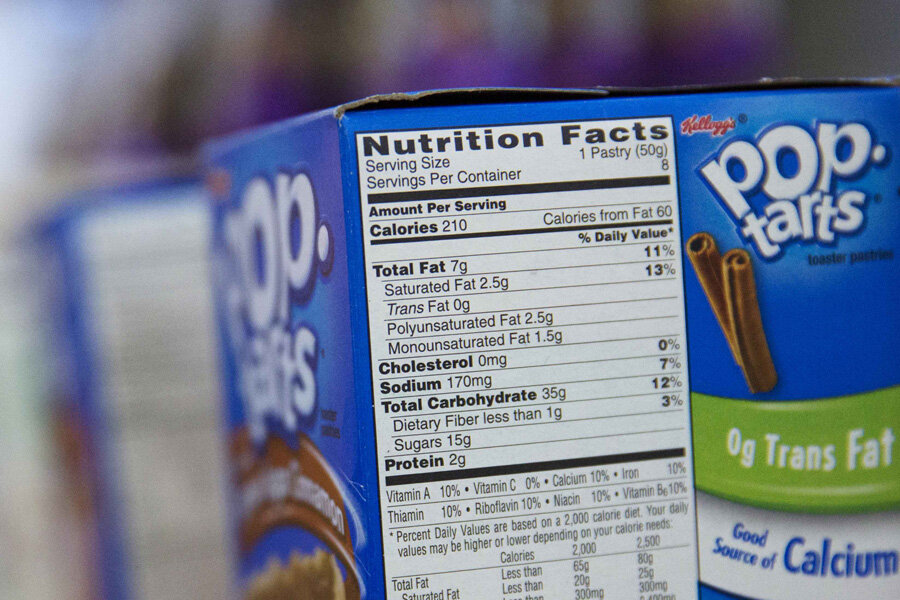


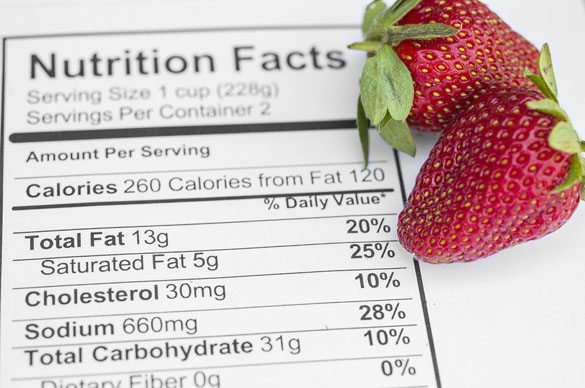
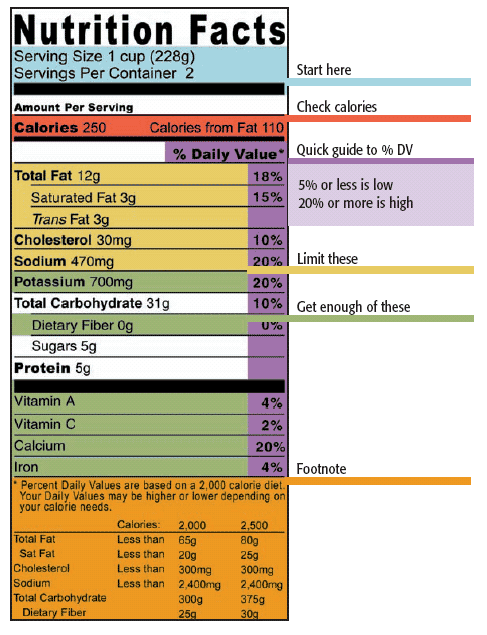
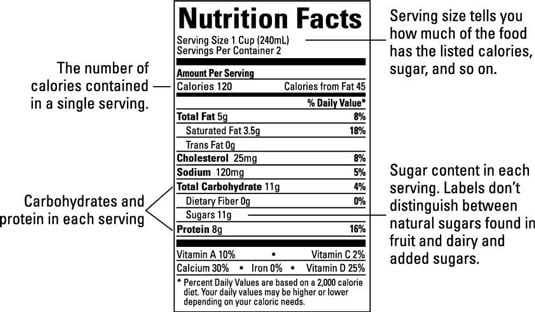
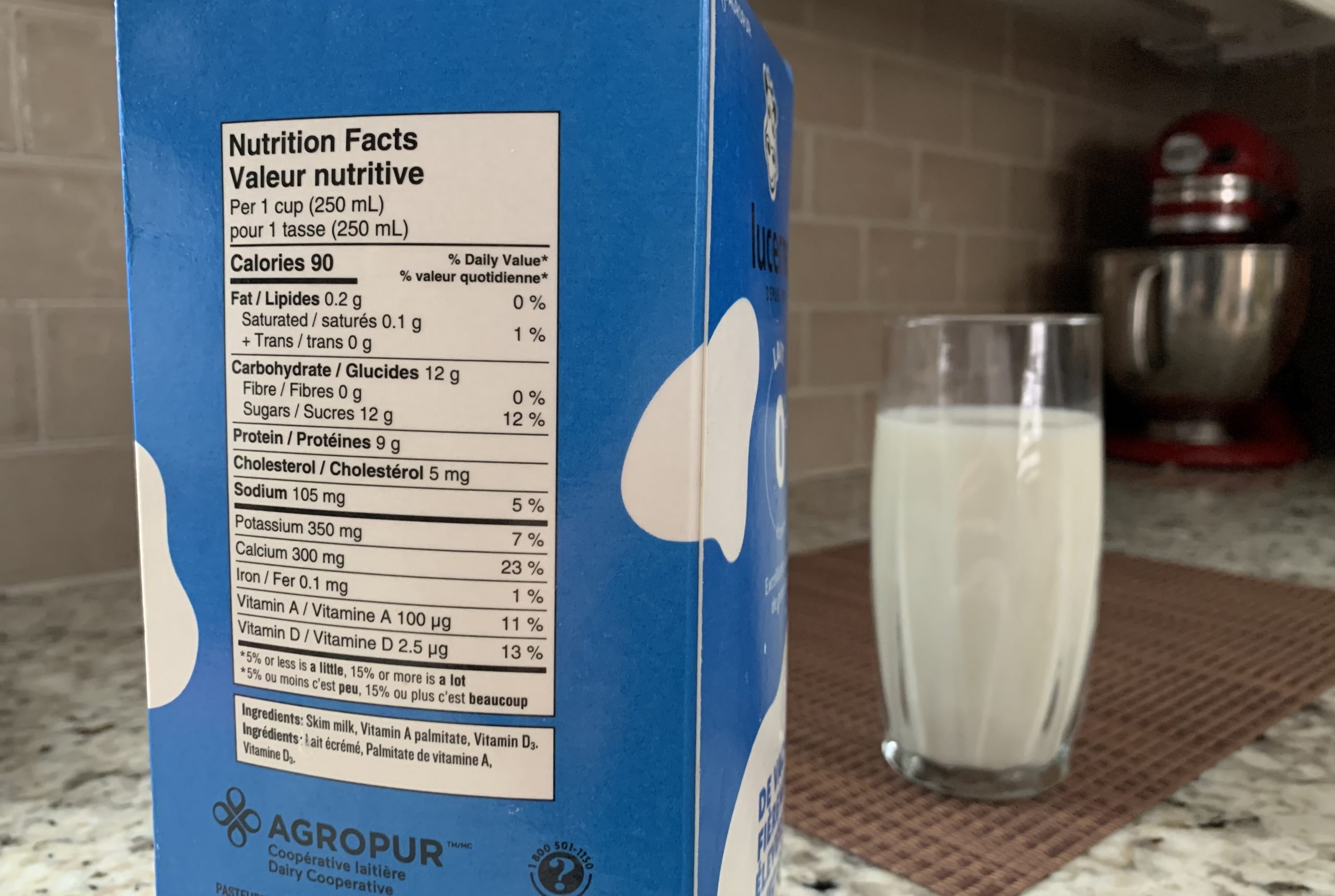

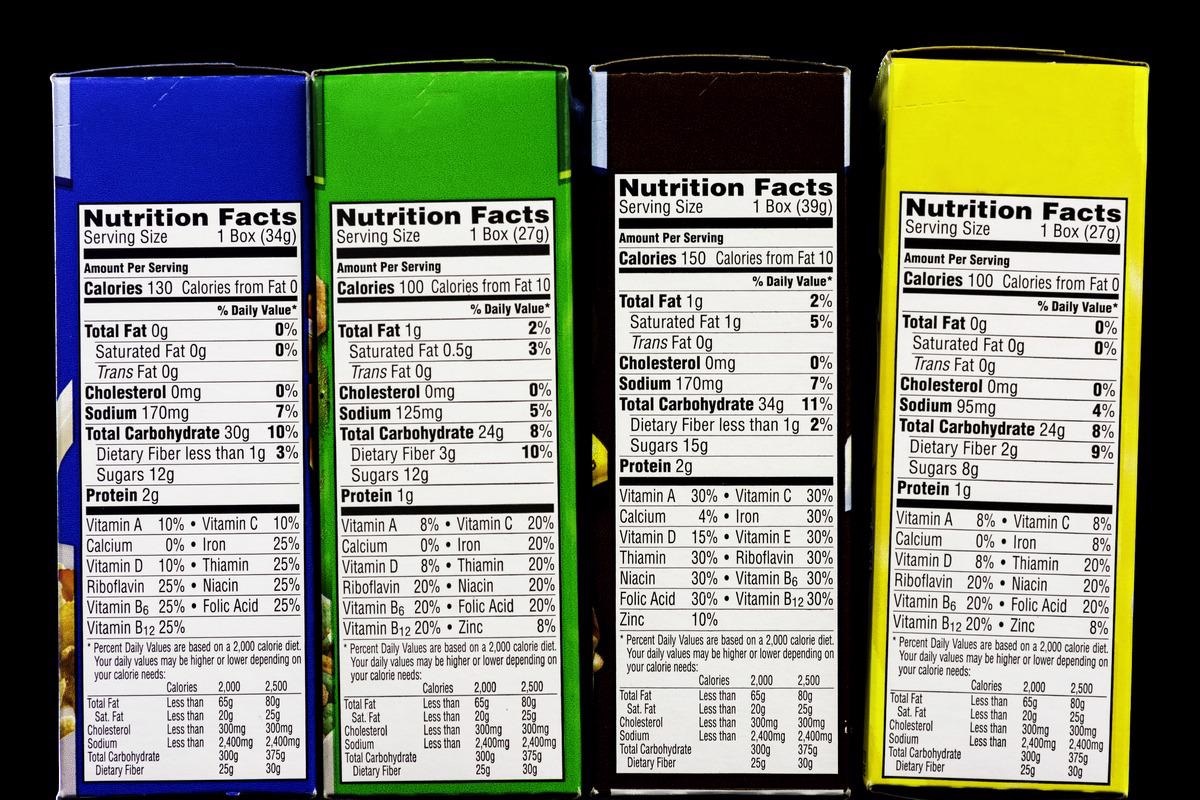

Post a Comment for "45 understanding nutritional food labels"